The mistakes that wear out brakes faster
By Damien Warner, Owner of Keys Road Auto Service
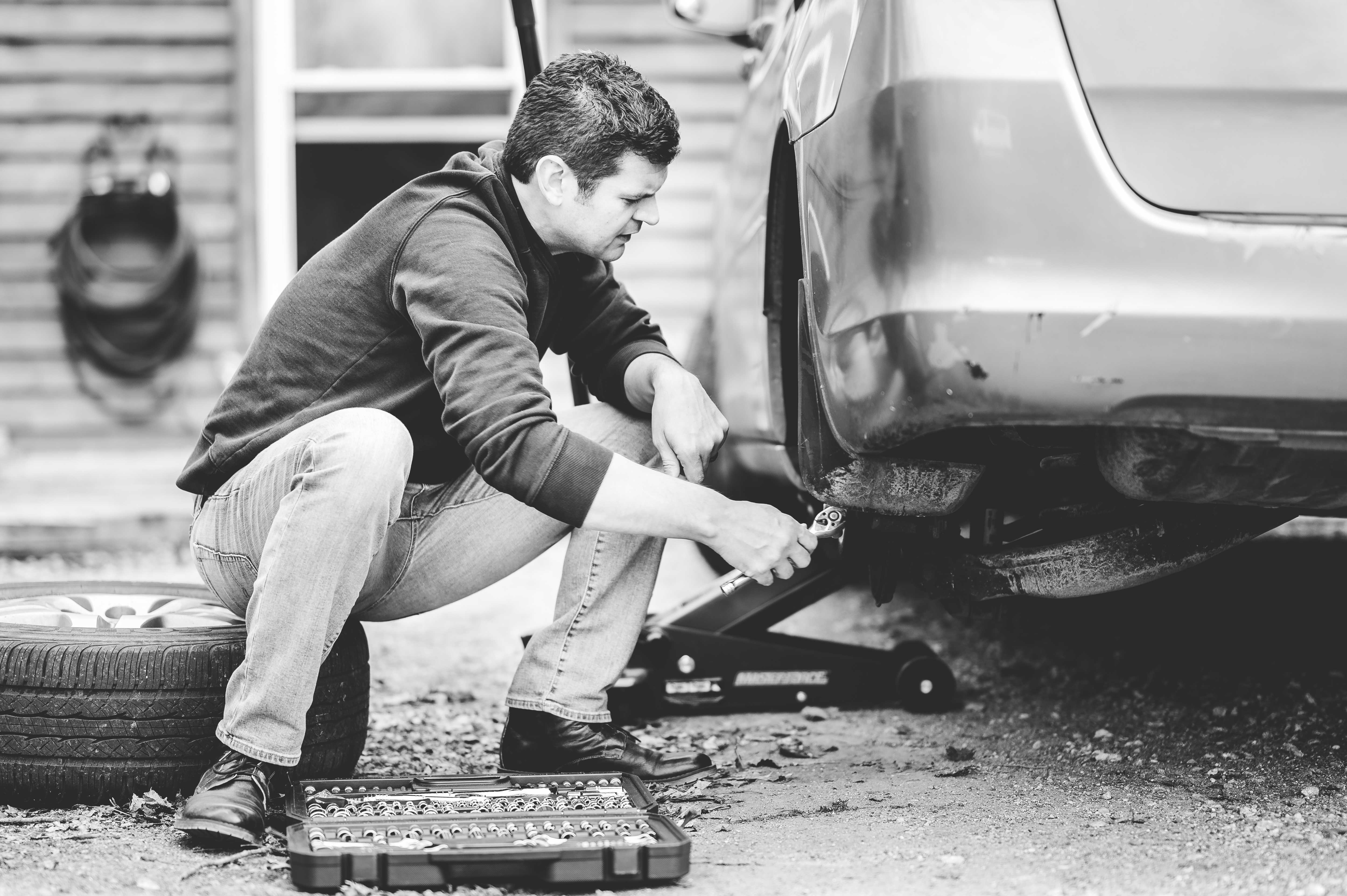
Every driver relies on their brakes, but not everyone realises just how much their daily driving habits affect how long those brakes last.
You might think brake wear is just part of owning a car, but the truth is, many drivers unknowingly cut their brake life in half without even realising it.
From last-second stops at traffic lights to resting your foot on the brake pedal without thinking, small habits add up—leading to expensive repairs, weaker stopping power, and even safety risks. And yet, most drivers don’t pay attention to their brakes until something starts squealing, grinding, or—worst case scenario—failing to stop when it matters most.
The good news? A few simple changes to how you drive can add thousands of extra kilometres to your brake life, keep your car safer, and save you money on unnecessary repairs. Let’s take a look at the biggest brake-wearing mistakes, how they affect your car, and what you can do to avoid them.
Riding the Brakes: The Silent Killer of Brake Pads
Keeping your foot lightly on the brake pedal for extended periods—whether out of habit or uncertainty—creates constant friction, even when braking isn’t necessary. This prolonged contact generates excessive heat, which glazes brake pads and reduces stopping power. Over time, the friction material on the pads hardens, making them less effective and requiring greater force to slow down. This also wears down the brake rotors, leading to warping or uneven surfaces that further compromise braking performance.
How to Avoid It:
- Plan ahead. If you’re on a downhill stretch, use engine braking instead of keeping your foot on the brake.
- Be mindful in traffic. Keep a safe following distance to avoid the constant start-stop cycle.
- Use cruise control on highways to keep your speed steady without unnecessary braking.
Did You Know? Excessive braking and acceleration can cut brake pad life by up to xx%.
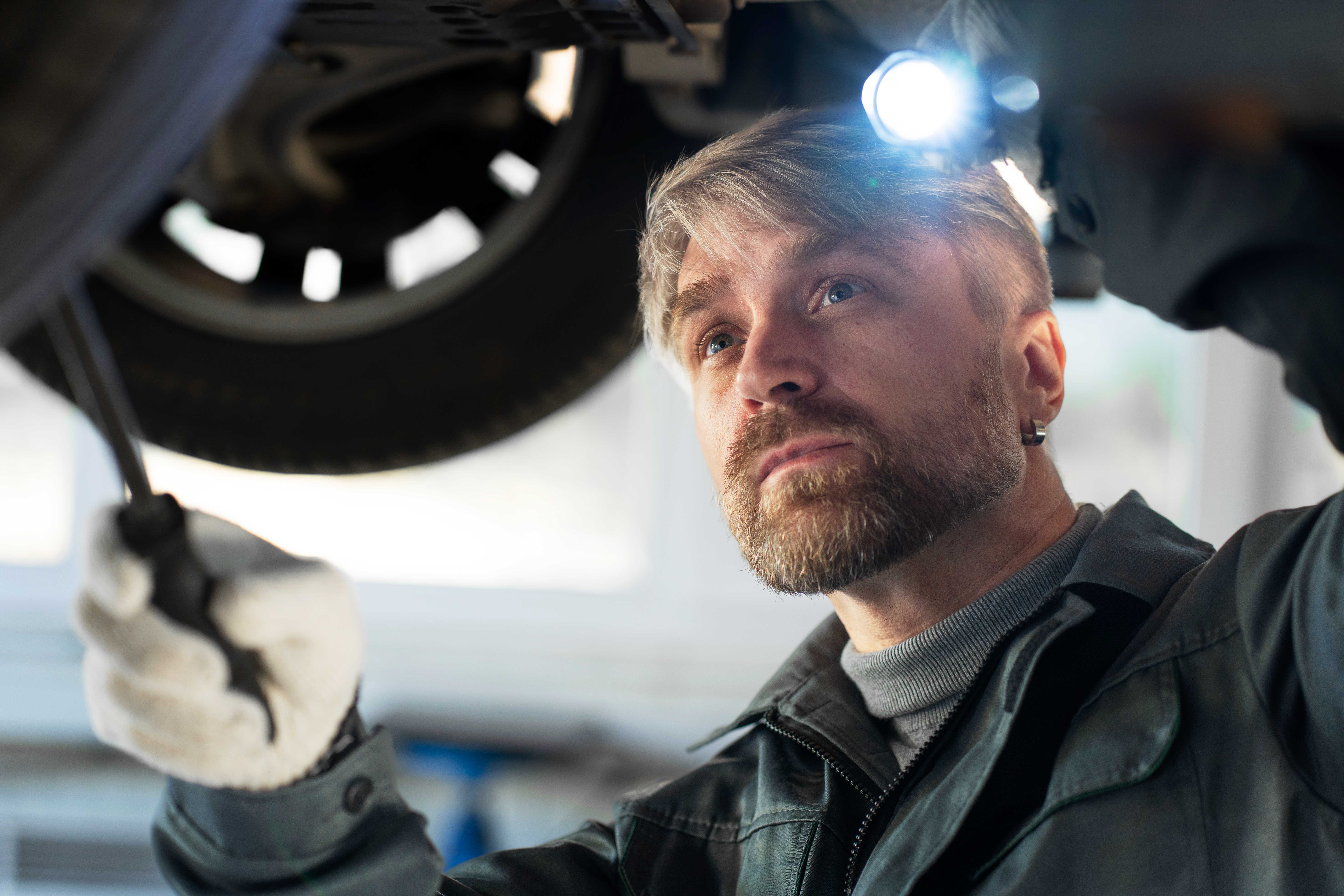
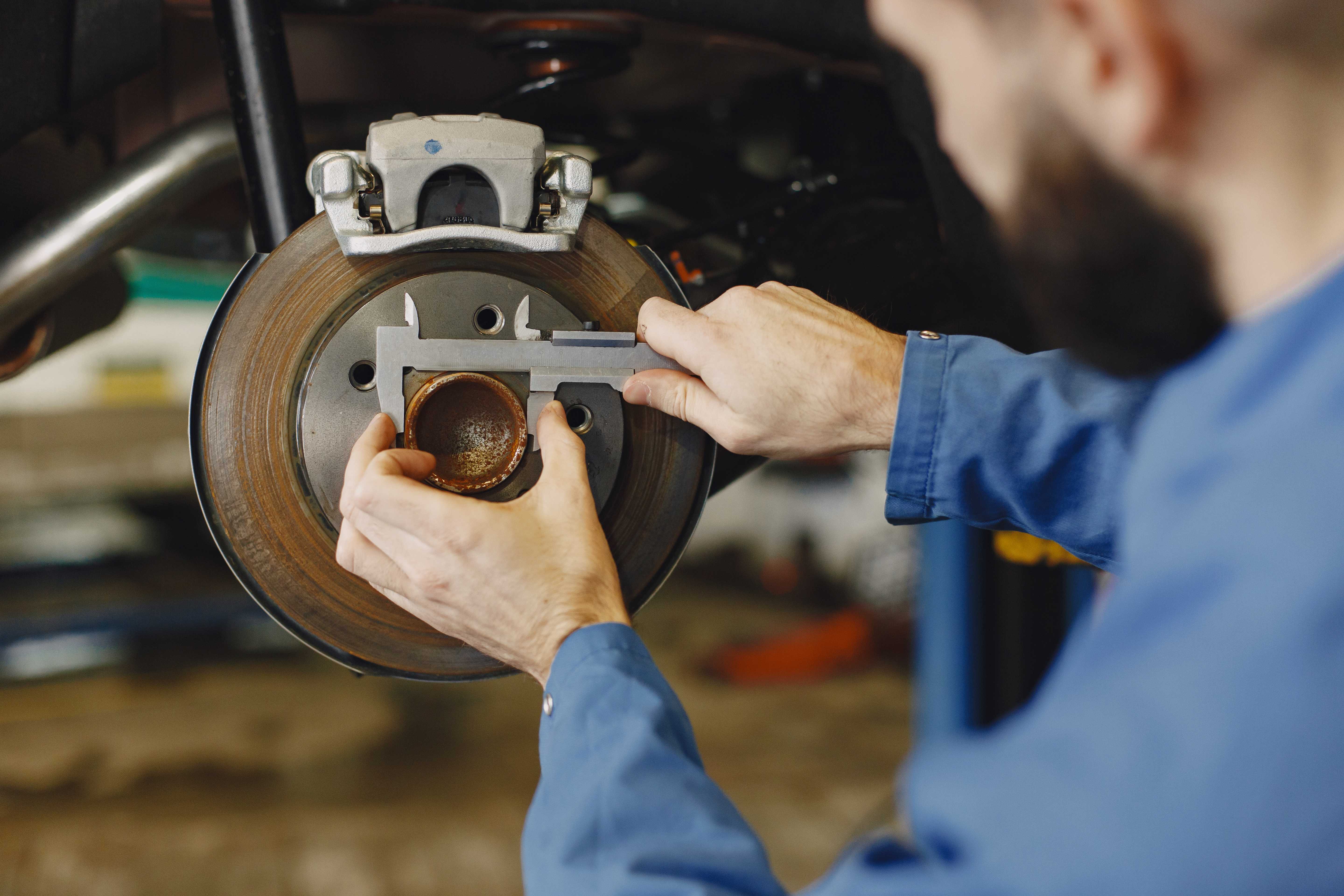
Late Braking: A Costly Reaction
You see the red light ahead but keep your foot on the accelerator a little too long then slam on the brakes at the last second. Sound familiar? Late braking is one of the quickest ways to wear out your pads and overheat your braking system. Hard braking forces the pads to clamp onto the rotors with intense pressure, wearing them down faster and generating excessive heat. In extreme cases, this can cause brake fade, where the brakes temporarily lose their effectiveness due to overheating.
Why It Happens
- Driving too fast for road conditions.
- Not anticipating traffic flow and waiting until the last second to brake.
- Distracted driving, leading to delayed reaction times.
How to Avoid It:
- Adopt defensive driving techniques—scan the road ahead and anticipate stops.
- Ease off the accelerator sooner and brake gently to slow down gradually.
- Increase your following distance so you have more time to react smoothly rather than braking hard.
Safety Fact: Smooth braking can increase brake pad lifespan by xx-xx% and even improve fuel efficiency.
Ignoring Warning Signs: The Risk Few Can Afford
Brakes rarely fail without warning, but many drivers ignore the early signs of trouble. That high-pitched squeal when braking? Probably your brake pads wearing thin. A grinding sound? That’s metal-on-metal contact, which means your pads are gone, and your rotors are next in line for damage. A pulsating or vibrating brake pedal? Likely a sign of warped rotors or uneven pad wear.
Not all brake noises mean disaster, though. Sometimes, a squeal is just due to temperature fluctuations—like condensation forming a thin layer of rust on the rotors overnight, which disappears after a few stops. But if the noise persists or worsens, it’s time to take action.
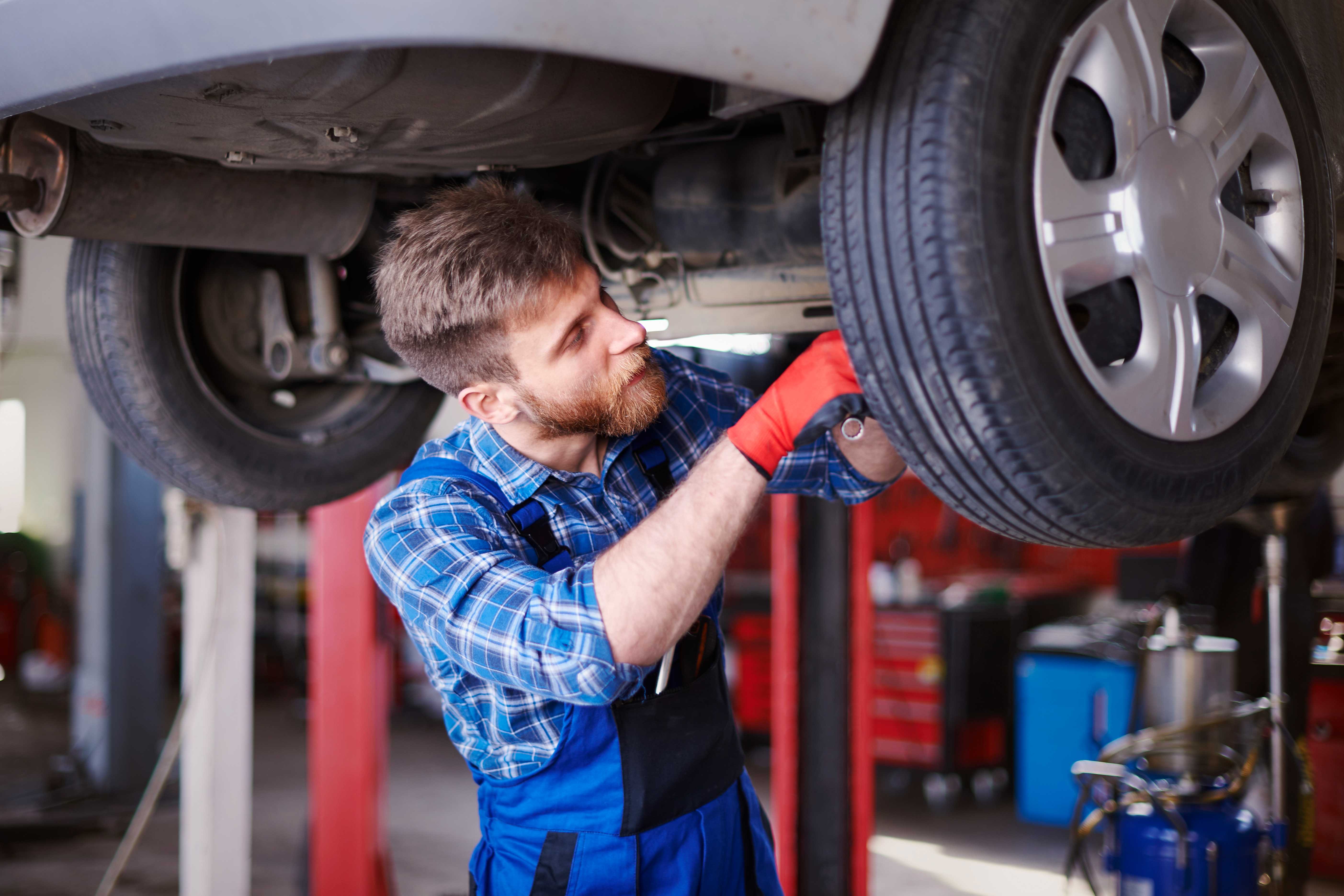
Common Warning Signs:
- Squealing or screeching – Could be temperature-related or a sign that pads are wearing down.
- Grinding sounds – Brake pads are completely worn out, and the metal backing plate is damaging the rotor.
- Soft or spongy brake pedal – Could indicate brake fluid issues or air in the brake lines.
- Vibration when braking – Often caused by warped rotors or uneven pad wear.
- Brake warning light illuminated – A potential hydraulic or electronic braking system issue.
How to Avoid Them:
- Don’t ignore the first sign of trouble—early repairs cost less than major replacements.
- Determine if the squeal is temporary or persistent. If it disappears after a few stops, it’s likely temperature-related. If it continues, seek a professional inspection.
- Schedule regular brake inspections. A professional mechanic can detect issues before they become safety hazards.
- Never ignore the brake warning light—if it’s on, book an inspection immediately.
Expert Tip: We recommend checking your brake pads every 10,000 km and replacing them before they wear below 3mm thickness. Note that the legal minimum level is 1mm according to Transport Victoria’s Roadworthiness requirements but we strongly advise not to wait this long, as your safety could be at risk.
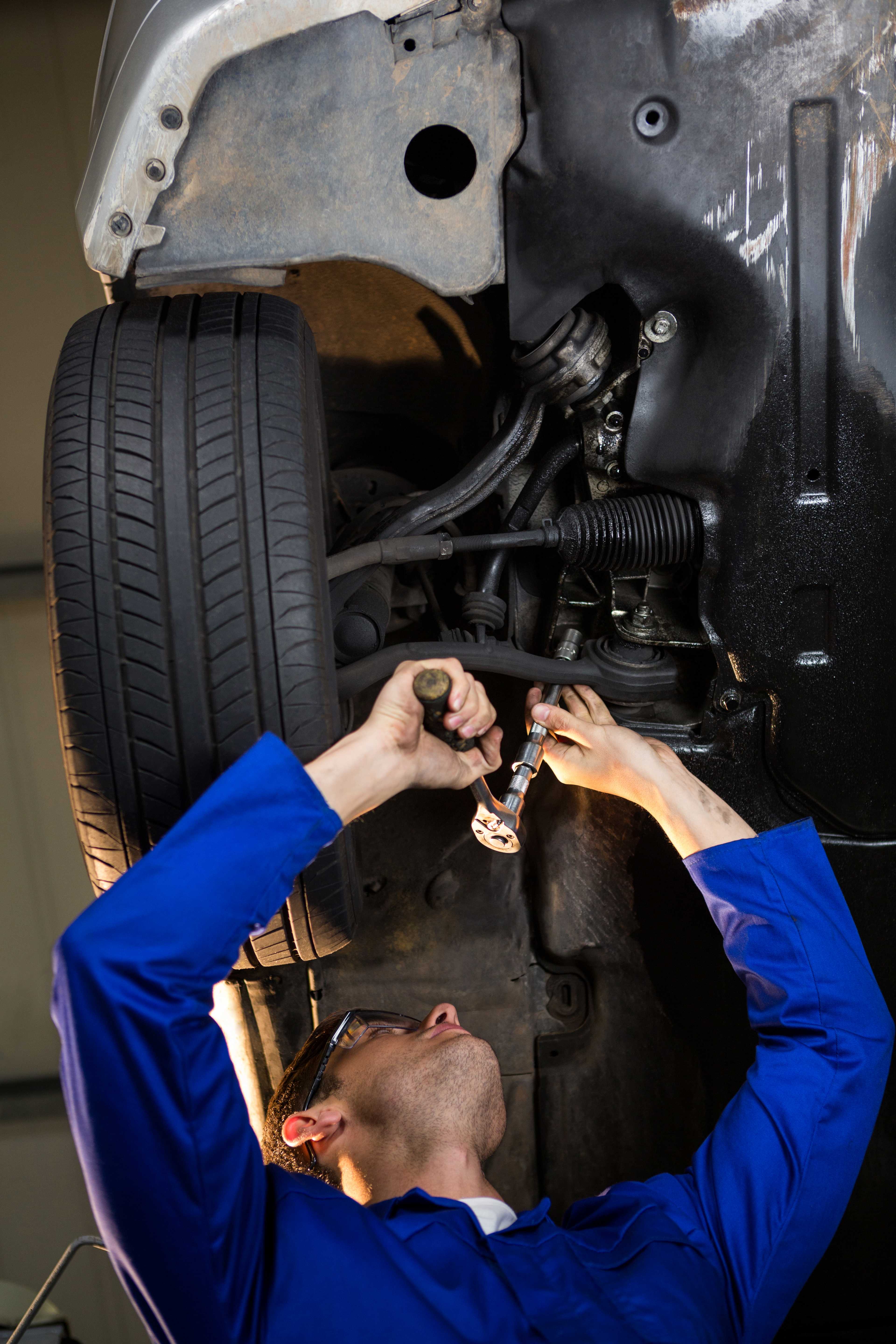
Braking Downhill Incorrectly: The Overheating Trap
Long descents can be a nightmare for your brakes—especially if you keep them pressed the entire way down. Continuous braking on steep declines causes brake fluid to overheat, leading to brake fade and potentially a loss of braking power.
Why It’s a Problem:
- Overheated brake fluid loses its ability to transfer pressure effectively, making the pedal feel soft or unresponsive.
- Excessive heat wears down pads and rotors unevenly, causing cracks and warping.
- The extra strain can lead to premature failure of key braking components.
How to Avoid It:
- Use engine braking. Downshift (in manuals) or select a lower gear (in automatics) to slow the car naturally.
- Brake in short, firm bursts instead of lightly pressing the pedal the whole way down.
- Check brake fluid levels regularly to ensure your fluid has the right boiling point for your vehicle.
What factors affect the lifespan of your brakes?
Even with perfect driving habits, brake life varies depending on several factors. Understanding what influences brake wear can help you make smarter choices when driving and maintaining your vehicle.
- Driving Style – Aggressive driving with frequent hard braking wears out pads faster than smooth, gradual braking.
- Road Conditions – City driving with stop-and-go traffic wears out brakes quicker than highway driving, where braking is minimal.
- Brake Pad Material – Standard organic pads wear faster than ceramic or semi-metallic pads, which offer better durability.
- Vehicle Weight – Heavier vehicles (SUVs, trucks) put more strain on the braking system than lighter sedans.
- Weather Conditions – Driving in wet or icy conditions may cause increased brake wear due to moisture and road salt exposure.
- Brake Maintenance – Regular brake fluid changes, rotor resurfacing, and pad inspections can significantly extend brake life.
Did You Know? Performance-oriented vehicles or those used for towing often require more frequent brake servicing due to the increased stress on braking components.

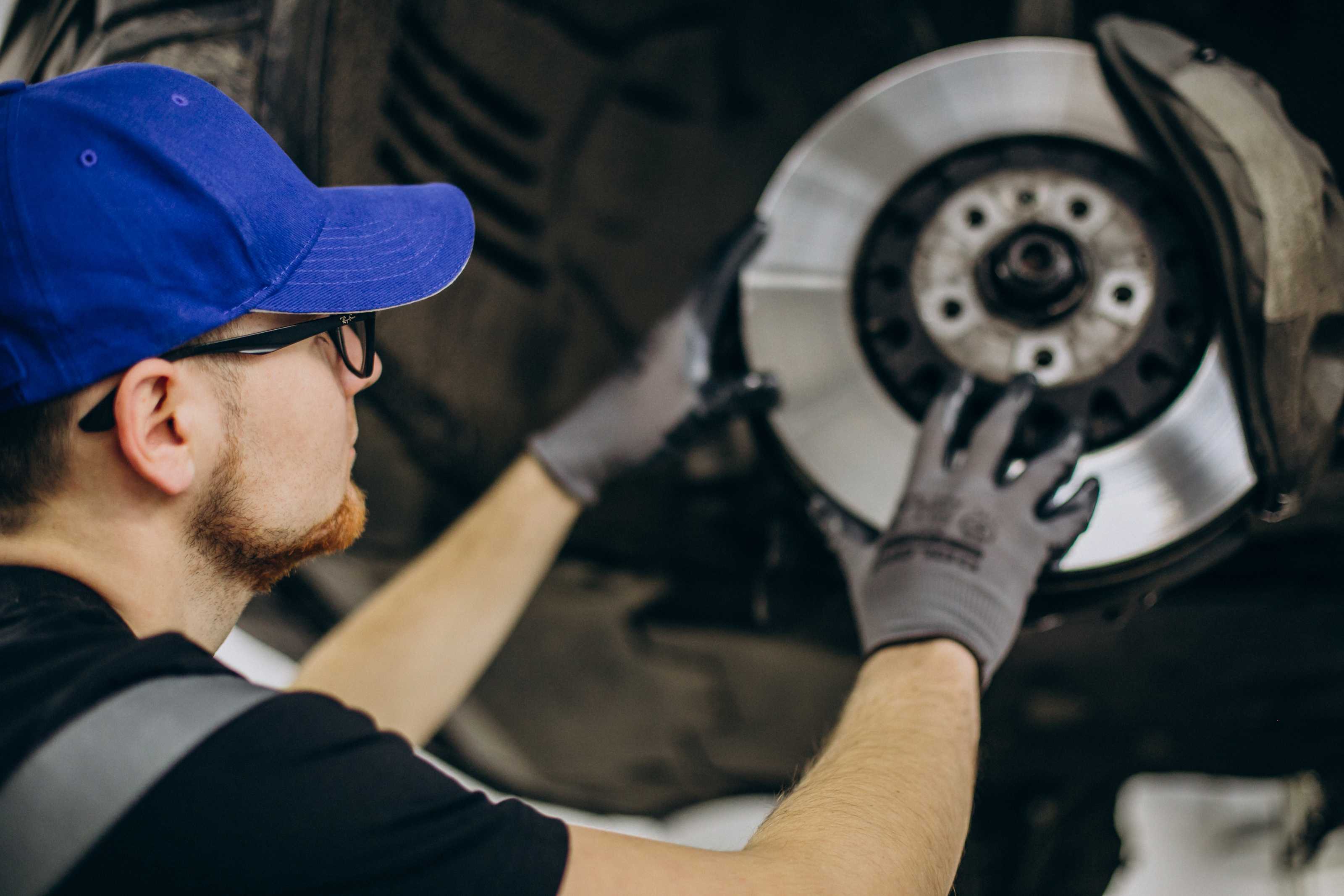
Are Your Brakes Trying to Tell You Something?
Your brakes have a way of letting you know when they need attention: you just need to listen. That faint squeal, the slight vibration, or even a longer stopping distance can all be early warning signs that your brakes need a check-up. If you’re diligent and catch these signs early, then this can mean the difference between a simple pad replacement and a full, more expensive brake system overhaul.
If you’re ever unsure about your brakes, don’t wait for a breakdown to find out they’re worn. A quick inspection can save you time, money and, most importantly, keep you safe on the road.
Brakes That Last – It’s in Your Hands
Brakes don’t wear out overnight—they wear out with every tap of the pedal, every late stop, and every long descent where the brake light stays on just a little too long. A few simple changes in the way you drive can add thousands of extra kilometres to your brake life while keeping your car safer and your repair bills lower.
By being mindful of how you brake, listening for early warning signs, and giving your braking system the care it deserves, you can avoid the frustration of unexpected repairs. Next time you’re on the road, think about how your braking habits might be affecting your car—and your wallet.
Not sure if your brakes are in top shape? At Keys Road Auto Service, we know brakes inside and out. Whether you need a quick brake check, fluid change, or full brake service, our experienced team is here to help. Book your brake inspection today at keysroadautoservice.com.au and drive with confidence.
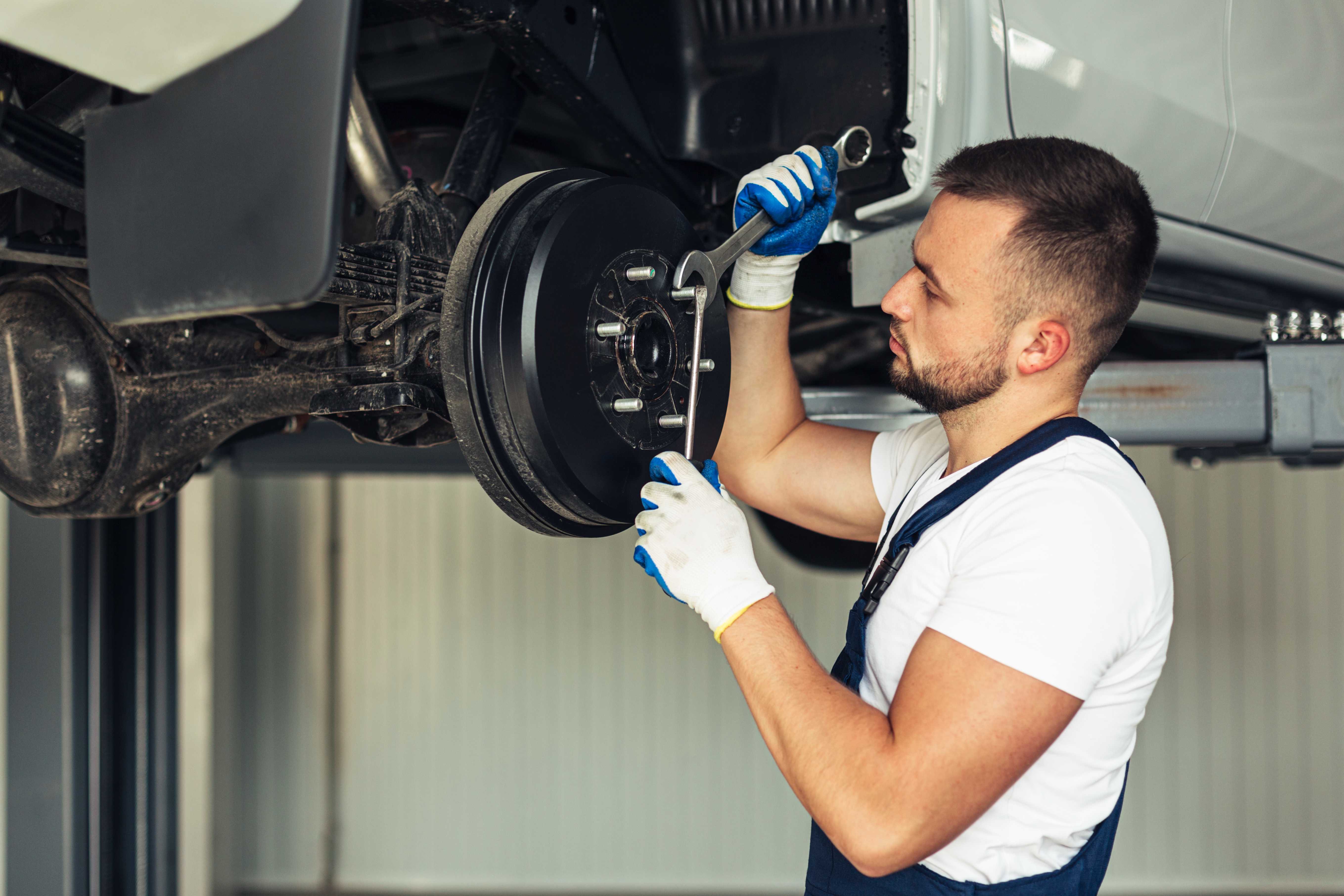
Frequently Asked Questions about Brake Lifespan
1. How can I make my brake pads last longer?
To extend the lifespan of your brake pads, practice smooth, gradual braking instead of sudden stops, avoid riding the brakes, and use engine braking on downhill slopes. Regular brake inspections and proper maintenance also help prevent premature wear.
2. What are the signs that my brakes need replacing?
Common warning signs of worn-out brakes include squealing or grinding noises, a spongy brake pedal, vibrations when braking, longer stopping distances, and a brake warning light on your dashboard. If you notice any of these, it’s best to have your brakes checked by a mechanic.
3. Why do my brakes wear out so fast?
Frequent hard braking, riding the brakes, driving in stop-and-go traffic, carrying heavy loads, and using low-quality brake pads can all contribute to faster brake wear. Choosing ceramic or semi-metallic brake pads and driving more smoothly can help them last longer.
4. Is it bad to ride the brakes when driving?
Yes, riding the brakes creates constant friction, leading to overheating, brake pad glazing, and reduced stopping power. Instead, try maintaining a safe following distance and using engine braking when driving downhill to reduce strain on your brakes.
5. How often should I replace my brake pads?
Brake pads typically last between 30,000 to 70,000 km, depending on your driving habits, vehicle type, and brake pad material. If you hear squealing or notice reduced braking efficiency, have them checked by a mechanic.
6. What’s the difference between brake fade and worn-out brakes?
Brake fade happens when excessive heat reduces braking efficiency, often due to prolonged braking on steep descents. Worn-out brakes, on the other hand, occur over time as the brake pads and rotors thin out, leading to poor stopping power and potential safety risks.
7. How do I know if my brake rotors need replacing?
Signs of worn or warped brake rotors include a pulsating brake pedal, vibrations while braking, visible grooves or scoring on the rotor surface, and squeaking or grinding noises. If your car takes longer to stop, your rotors may need resurfacing or replacing.
8. Does engine braking help extend brake life?
Yes! Engine braking—downshifting in manual cars or selecting a lower gear in automatics—reduces reliance on the brake pads, especially when driving downhill. This helps prevent overheating and excessive brake wear.
9. Can I drive with squeaky brakes?
Squeaky brakes don’t always mean failure, but they do indicate possible issues like worn pads, glazed rotors, or dirt and moisture buildup. If the noise persists after a few drives, have your brakes inspected to avoid further damage.
10. How much does it cost to replace brake pads?
Brake pad replacement costs vary depending on your vehicle, brake pad type, and labour fees. On average, replacing brake pads can cost between $XX to $XX per axle, while high-performance or ceramic pads may be more expensive.
11. Why do my brakes feel spongy or soft?
A spongy or soft brake pedal could indicate air in the brake lines, low brake fluid, or a failing master cylinder. If your brakes don’t feel firm when pressed, get them checked immediately, as this can be a serious safety issue.
12. How do I prevent brake overheating on long downhill drives?
Use engine braking by shifting to a lower gear, apply the brakes in short, firm bursts rather than constant pressure, and check your brake fluid levels to ensure they have the correct boiling point.
13. Can bad driving habits really shorten brake life?
Absolutely. Hard braking, riding the brakes, late braking, and driving aggressively all put excessive strain on the braking system, leading to faster wear and higher maintenance costs.
14. When should I check my brake fluid?
Brake fluid should be checked every 10,000 km or during regular servicing. If the fluid appears dark or low, it may need to be replaced to maintain optimal braking performance.
15. Where can I get my brakes checked in Melbourne?
If you’re in Melbourne, visit Keys Road Auto Service for a professional brake inspection, fluid change, or full brake service. With over 30 years of experience, we’ll ensure your brakes are in top condition for safe driving.
Further Reading
Transport Victoria’s Roadworthiness Requirements regarding Brakes (section C) at https://transport.vic.gov.au/registration-and-licensing/registration/standard-and-non-standard-vehicle-information/vehicle-standards-information/roadworthiness-requirements
Contact Keys Road Auto Service today to schedule a brake inspection or service. We’ll keep you stopping safely and save you money in the long run.

